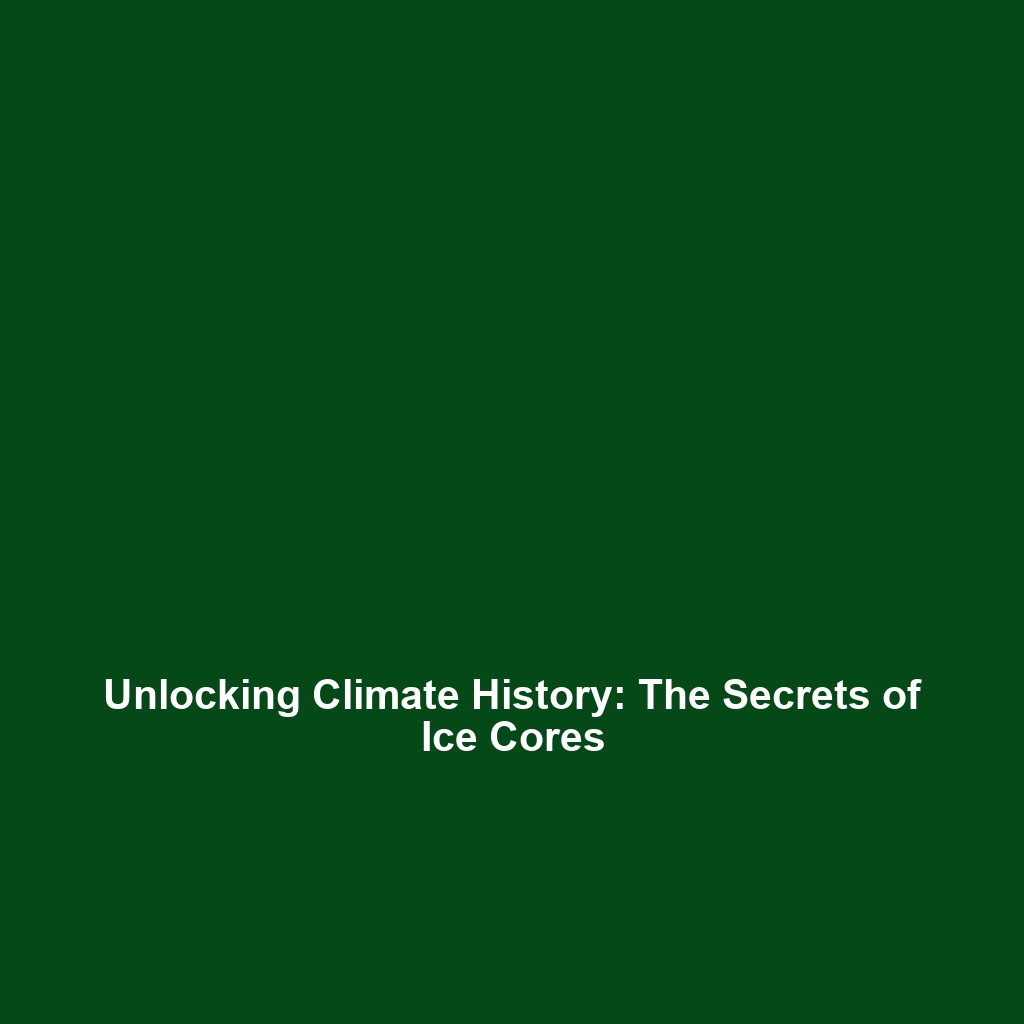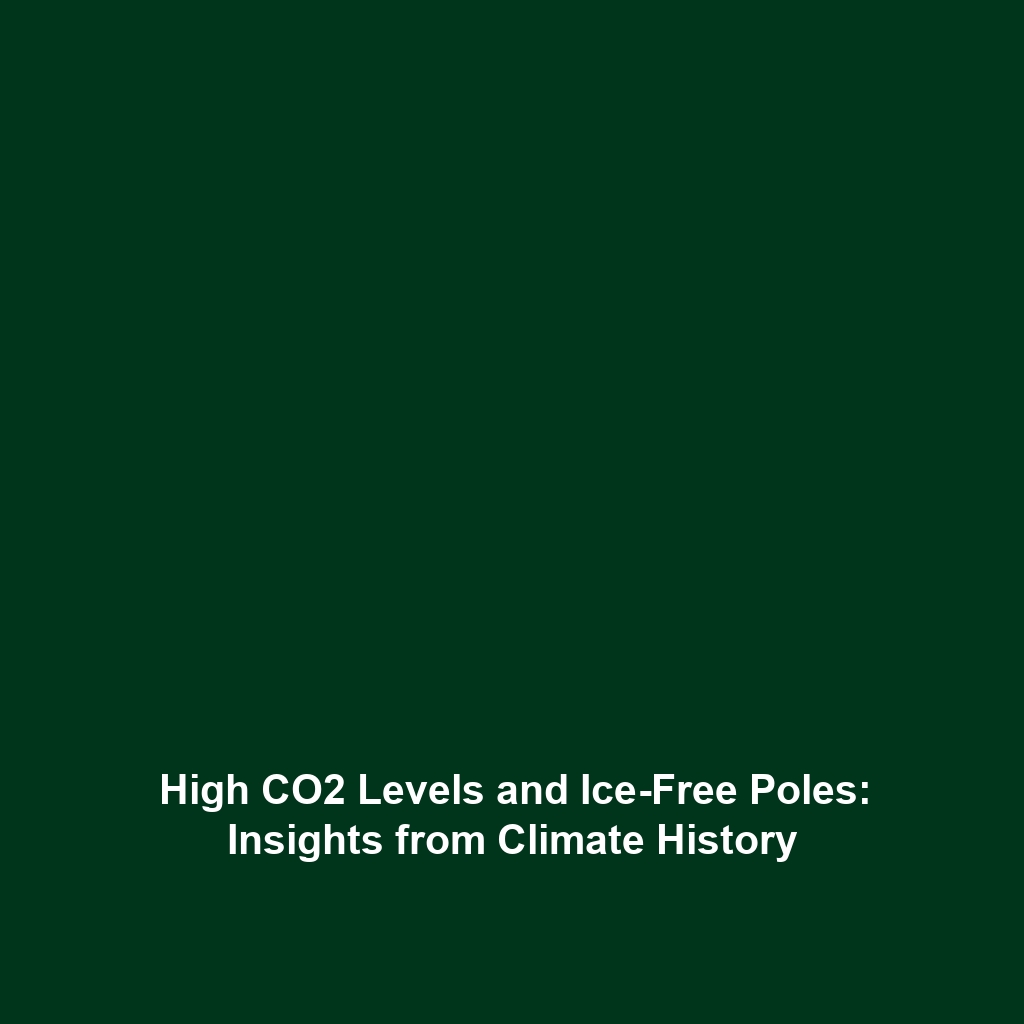How Climate Influenced Viking Exploration and Agriculture in Greenland
Introduction
The interplay between climate and human activity has long shaped our understanding of history, particularly in regions like Greenland during the Viking Age. This period, marked by significant climatic fluctuations, provides vital insights into how these environmental changes influenced Viking exploration and agriculture. Understanding this interaction within the broader context of Climate History is essential, as it not only sheds light on past civilizations but also informs current discussions on today’s climate challenges.
Key Concepts
The Viking Age and Climate Interactions
During the Viking Age (approximately 793–1066 CE), the climate of Greenland is believed to have been warmer than today, a phase often referred to as the Medieval Warm Period (MWP). This favorable climate enabled:
- Enhanced Agriculture: Warmer temperatures allowed the Vikings to establish farms and raise livestock.
- Exploration Opportunities: Milder conditions facilitated maritime travel, enabling exploration and trade routes across the North Atlantic.
Understanding Climate History
Climate history examines the variations in Earth’s climate over time. The conditions experienced during the Viking Age provide a critical case study showcasing how climate dictates agricultural practices and exploration endeavors. By analyzing historical climate data, researchers aim to comprehend the causative factors behind Viking expansion and settlement patterns in Greenland.
Applications and Real-World Uses
How Viking Exploration Influenced Agricultural Practices
By studying how climatic conditions influenced Viking exploration and agriculture, researchers can draw parallels to contemporary agricultural practices affected by climate. Examples include:
- Identifying effective strategies for farming in changing climates.
- Understanding historical land usage can guide modern sustainable practices.
Current Challenges
Challenges in Studying Viking Climate Interactions
Investigating the impact of climate on Viking exploration and agriculture presents various challenges:
- Lack of comprehensive archaeological records from the Viking Age in Greenland.
- Difficulty in accurately correlating climatic data with human activities due to limited historical documentation.
- Challenges of interdisciplinary collaboration between climatologists and historians to share data effectively.
Future Research and Innovations
Next-Generation Studies and Technologies
As interest in climate history grows, future research endeavors may leverage:
- Paleoclimatology: Utilizing ice cores and sediment analysis to gain insights into historical climate patterns.
- Geoarchaeology: Exploring archaeological sites with innovative technologies like Ground Penetrating Radar (GPR).
These advancements promise to enhance our understanding of how climatic variations may have shaped human experiences during the Viking Age.
Conclusion
In summary, the climatic conditions during the Viking Age significantly influenced exploration and agricultural practices in Greenland. By examining these dynamics within the broader context of Climate History, we can better understand the complexities of human adaptation to environmental changes. As research continues, it is essential to draw lessons from past climates to inform current and future practices. To explore more about climate impacts on historical societies, visit our related articles on climate and human history.

